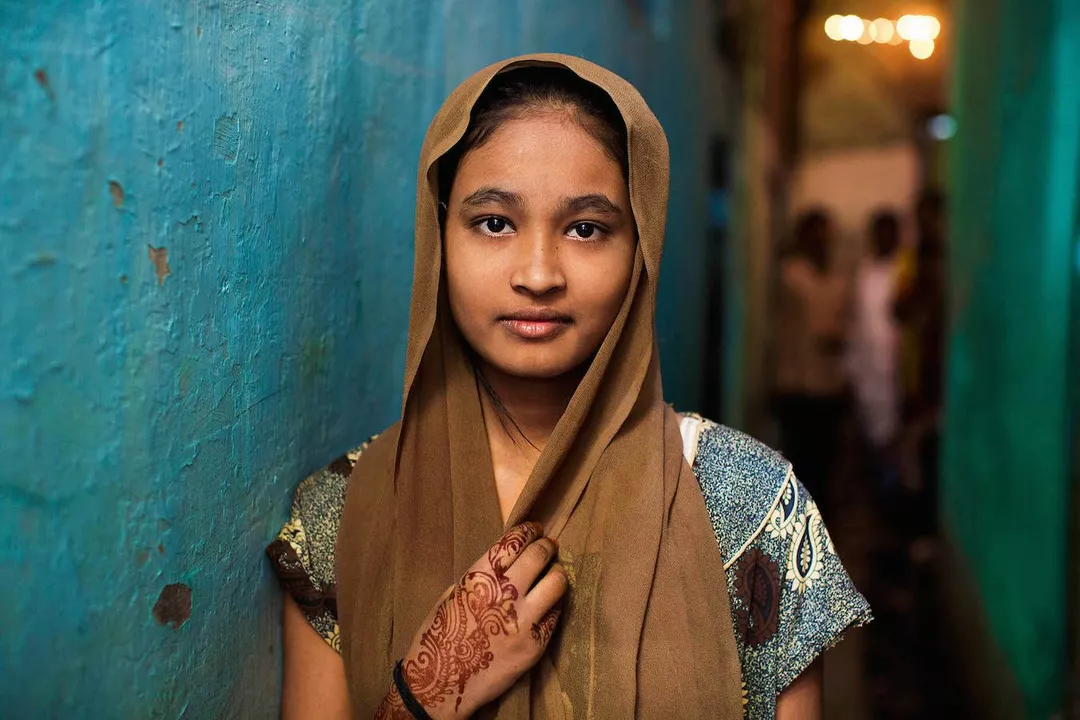Stereotypes About India – Myths, Truths & Real Talk
Whenever the word “India” pops up, a handful of images usually follow – crowded streets, spicy food, endless bureaucracy, and a caste system that never changes. Those snapshots feel real because they get repeated on news feeds, movies, and casual conversations. But do they tell the whole story? Let’s break down the most common ideas, see why they stick, and look at the facts that often get ignored.
What the usual stereotypes say
One of the loudest myths is that India is forever poor and corrupt. You’ll hear folks say the government is a maze of red tape, that every project is delayed, and that bribes are part of daily life. Another popular line is that Indian food is all about extreme heat – think endless curries that set your mouth on fire. Then there’s the belief that everyone follows the same traditions, that the caste system runs every street, and that the country is stuck in the past.
These ideas sound plausible because they’re easy to picture. A news headline about a scam, a travel vlog showing a chaotic market, or a Bollywood song about family pressure all reinforce the narrative. Even the diaspora picks up the same tags: “Indian-Americans are caught between two cultures,” or “they always talk about cricket and curry.” When a stereotype lines up with a single vivid example, it spreads fast.
Why those ideas stick and how to see past them
First, media loves a shortcut. Explaining a complex economy or a diverse food culture takes time, but a single headline about a price hike does the job. Second, personal experience is filtered through expectation. If you arrive in Delhi expecting chaos, any small bump feels like proof of the myth. Third, the internet amplifies the loudest voices – angry comments about corruption or nostalgic posts about festivals become the default image of the country.
To move beyond the clichés, start with numbers and everyday stories. India’s GDP growth has been among the highest in the world for the past decade, and millions are now entering tech, healthcare, and renewable energy jobs. Corruption exists – it does everywhere – but watchdog agencies and citizen movements are pushing for transparency every day.
Food is another area where the myth falls short. Yes, some dishes are fiery, but Indian cuisine is a spectrum: from the mild dal in South India to the sweet desserts of Gujarat. Many regional dishes rely on subtle flavors, fresh herbs, and seasonal vegetables. If you try a simple poha or a plain roti, you’ll see it’s not all about heat.
The caste system is another sensitive topic. Its legacy is real, yet younger generations are challenging it through education, inter‑caste marriages, and legal reforms. In many urban colleges and workplaces, merit is the main ticket, not birth.
For the diaspora, the “identity tug‑of‑war” isn’t a sign of hatred for either culture. It’s a balancing act – keeping family traditions alive while adapting to new social norms. Stories of Indian‑American kids playing cricket in the backyard and then cheering for the NFL illustrate that dual identity can be enriching, not hostile.
So, how do you spot a stereotype when you hear it? Ask three quick questions: Is the claim based on a single example or data? Does it acknowledge diversity within India? Does it consider recent changes? If the answer is “no,” you’re probably looking at a cliché.
In short, India is a massive, fast‑moving nation with old roots and new branches. It has challenges, sure, but it also has breakthroughs, vibrant cultures, and people who constantly rewrite the story. The next time someone tosses a stereotype your way, you’ve got a toolbox of facts and lived experiences to push back – and maybe even turn a conversation into a chance to learn something fresh.
Why are Indian girls boring?
This article explores why Indian girls are often thought to be boring. It suggests that Indian society places high expectations on young women, and that these expectations can lead to a "safe" lifestyle that is often seen as boring. The article also suggests that traditional gender roles and expectations can lead to a lack of self-expression and creativity. Additionally, it argues that the Indian education system does not foster creativity and critical thinking skills, which further contributes to the perception of Indian girls being boring. Finally, the article argues that Indian girls need to be given more freedom to choose their own paths and have the opportunity to express their individual personalities.
